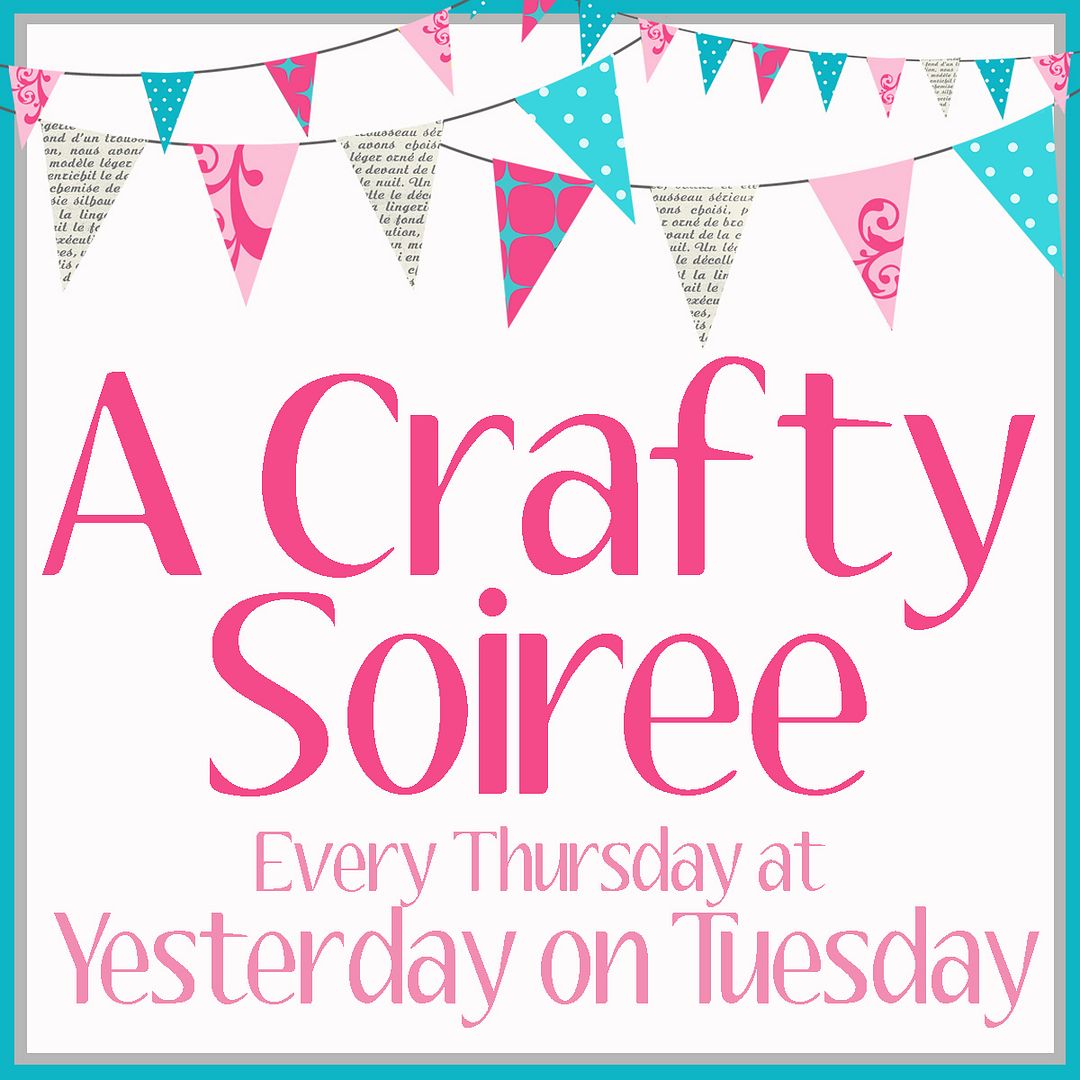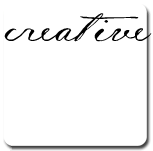I mean – paint a painting of a clay pot. Yes, painting the actual pots are loads of fun, but if you like painting flowers, you need something to put them in. Say, like geraniums? Or Daffodils? Or even tulips?
Which reminds me, I’m totally behind on writing my painting tutorials. After I post them here, I actually rewrite them and post them as a PDFs so you can download them if you want.
I’ll hop right on that (or not). But I will get to them, eventually.
Just three paint colors. Three! Plaid’s FolkArt Terracotta, Real Brown, and Ballet Pink. Yes, pink!
First, we need to get the design on there. I like short, squatty terracotta pots, but you can find clip art for any kind you like.
Since I draw mine, I do it the ol’ school way of just drawing half of the container.
Then make a tracing of that half . . .
. . . flip it over and you’ll have 2 sides that match.
I won’t tell you how many years I did it freehand and spent hours trying to get one side to match the other.
I use graphite paper, but you can use any transfer paper, sewing transfer, carbon paper, etc. Or just take a pencil and on the reverse side of your template, make a bunch of markings. Then position your template and go over the pattern with a pen or stylus. The pencil markings work as carbon paper.
Now basecoat the pot with Terracotta.
With a smaller brush, I painted the back of the pot with Terracotta and then added Real Brown.
Depending on what you’re painting to go inside the pot, you might even skip that step. But if you’re only doing a few stems, you’ll obviously need the back of the pot painted.
To shade under the rim, I ‘sideloaded’ Real Brown on one corner of a flat brush.
Then just stroke it ‘underneath’ the rim.
I like to make the rim look a little ‘beefier’ so I made the shading a little wider. See the difference?
Now for the Ballet Pink. You could use other colors like ivory, white, light grey, even green would work. I’ve just been using pink for years and like the effect.
Okay – a short little blurb on Drybrushing, which is just what it sounds like – using a very dry brush.
I load the brush with a little bit of paint – a little bit – and then put a few marks on the pot.
Then, without adding more paint, water, or floating medium, I literally scrub the paint into the paper, or canvas. Both have a great texture so you get a nice effect.
Wood is a little trickier, but we’ll deal with that later.
I don’t use my best brushes for this because I really scrub hard to get the pink into the terracotta.
Then some more on the body of the pot . . .
. . . and how it looks after I scrub it around.
Do you see how a little bit of paint goes a long way? And you still get some of the terracotta color showing through?
Just like on an old aged pot.
I was going to shade my regular way, adding floating medium to the brown, but I just drybrushed it on to see how it looked.
I liked it, so I left it alone. (for once.)
Except for one thing. The pot looks like it’s floating in air.
A little bit of Real Brown sideloaded onto a flat took care of that!
And, just in case you’re wondering, the pink and brown drybrushing works great on real clay pots to give them some aging.











 "/>
"/>























No comments:
Post a Comment